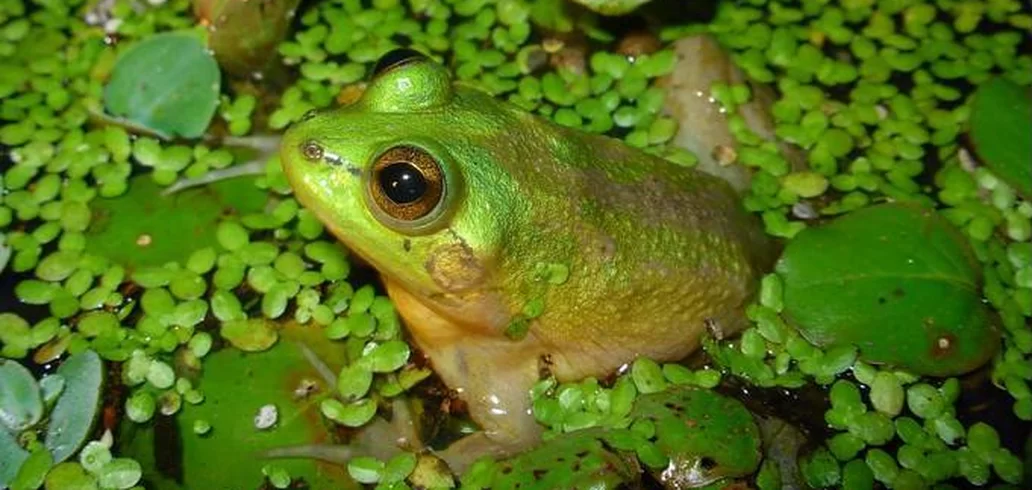Curiosities
Why are Central American volcanoes ideal for studying Earth's evolution?
Advertisement
1. **Location in a geotectonically active region**: Central America is located at the junction of several tectonic plates, including the Caribbean Plate, the North American Plate, and the Pacific Plate. This tectonic activity results in a large amount of volcanism and seismic activity in the region.
2. **Volcanic diversity**: Central America is home to a wide variety of volcano types, including stratovolcanoes, shield volcanoes, and calderas. This diversity allows scientists to study different volcanic processes and their consequences.
3. **Relatively easy access**: Many volcanoes in Central America are located in areas accessible to scientists, making them easier to study and collect data.
4. **History of volcanic activity**: Some volcanoes in Central America have a well-documented history of past eruptions, which allows scientists to study the evolution of volcanism over time.
5. **Impact on the surrounding region**: Due to the high population density in Central America, volcanic eruptions have a significant impact on local communities, making these volcanoes of particular interest for studies on natural hazard management and disaster mitigation.
Therefore, the volcanoes of Central America offer a favorable environment to study a variety of geological processes and to better understand the evolution of the Earth over time.
Importance of the Central American Arc
The Central American Arc is a region of great geological and geotectonic importance due to its location at the junction of several tectonic plates and its intense volcanic and seismic activity. Here are some of the reasons why the Central American Arc is significant:
1. **Tectonic dynamics**: The Central American arc is located at the junction of the Caribbean, North American and Pacific tectonic plates. This convergence of plates results in intense tectonic activity, including subduction, where one plate slides beneath another, leading to the formation of mountain ranges and volcanoes.
2. **Active Volcanism**: The region is known for its high concentration of active volcanoes. These volcanoes are vital to understanding the magmatic and volcanic processes that shape the Earth's surface.
3. **Seismicity**: Seismic activity is a prominent feature of the Central American arc, with frequent earthquakes occurring due to the interaction of tectonic plates. Studying seismicity in the region is crucial to understanding seismic processes and improving the ability to predict and mitigate risks associated with earthquakes.
4. **Biodiversity**: The varied topography and climate influenced by volcanism create a great diversity of habitats and ecosystems in the region. This results in a rich biodiversity, with many endemic and endangered species.
5. **Natural resources**: The Central American arc is rich in natural resources, including minerals, water and fertile soil for agriculture. However, the exploitation of these resources often faces challenges due to geological activity and the risks associated with events such as volcanic eruptions and earthquakes.
6. **Human impact**: The high population density in the region makes geological events, such as volcanic eruptions and earthquakes, a significant concern for the safety and well-being of local communities. Understanding the geological dynamics of the Central American arc is critical to improving preparedness and response to these natural events.
In summary, the Central American arc plays a crucial role in understanding the geological processes that shape the Earth, in conserving biodiversity and managing natural resources, while also presenting significant challenges in terms of natural hazards and human security.
Particularities of Central America
Central America is a unique region that presents a series of geographical, cultural, historical and environmental peculiarities. Here are some of the distinctive features of Central America:
1. **Geographical location**: Central America is a narrow strip of land that connects North America to South America, acting as a natural bridge between the two continents. It is located between Mexico to the north and Colombia to the south.
2. **Geographic diversity**: Despite its small territorial extension, Central America has great geographical diversity, which includes active volcanoes, mountain ranges, tropical forests, coastal plains and an abundance of rivers and lakes.
3. **Volcanism and seismic activity**: The region is highly seismic and volcanic, due to its location at the junction of tectonic plates. Volcanoes are a prominent feature, with many of them still active and posing risks to local populations.
4. **Biodiversity**: Central America is home to a rich biodiversity, with a wide variety of animal and plant species. Its tropical forests, coral reefs and wetlands are particularly important for wildlife conservation.
5. **Indigenous Cultures and Colonial Influences**: The region has a rich cultural history, including ancient indigenous civilizations such as the Mayans and Aztecs, as well as Spanish and, to a lesser extent, British colonial influences. This cultural diversity is evident in the region's language, cuisine, music, and religious traditions.
6. **Agricultural Economy and Tourism**: Agriculture is a key part of the Central American economy, with products such as coffee, bananas, sugar cane and tropical fruits being important exports. In addition, tourism is a growing industry, attracting visitors to its beaches, natural parks and archaeological sites.
7. **Socioeconomic challenges**: Despite its natural beauty and cultural richness, Central America faces a number of socioeconomic challenges, including poverty, social inequality, violence and political instability in some countries.
These are just some of the peculiarities that make Central America a fascinating and complex region, with a rich history and unique diversity.
You may also like

Transparent wood: the ecological alternative that will dominate architecture and technology in the future
Keep Reading

Monthly earnings of US$1,000,000 could be just the beginning: see how it works at Aramark
Aramark offers $1,000 per month in affordable positions with benefits and a career path. Learn how to take advantage of these opportunities.
Keep Reading
We tested the best apps to recover deleted photos
See the real results! We tested the best apps to recover deleted photos and found the ones that really deliver what they promise.
Keep Reading

